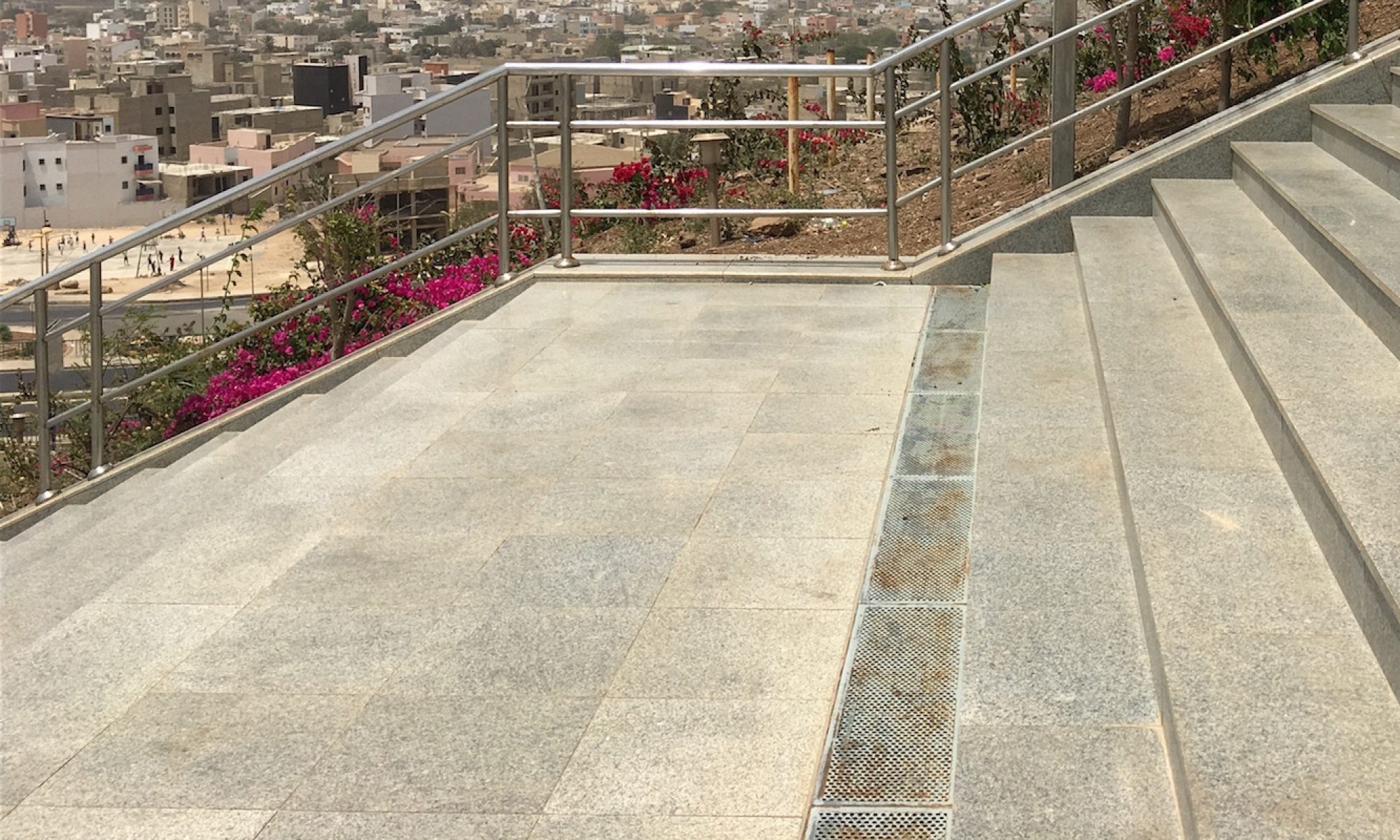Today in class, I thought we demonstrated what our INTD section is called. The risks and rewards of academic partnership. For example, we worked in 3 different groups to come up with a paragraph response to what the problem and solution of the article “The Power of Realistic Expectation” were. It was interesting to see the risks and rewards of an academic partnership in a first hand experience. One risk was if we would ever going to agree on what to write about. With the help of our notes from last class we started to identify what Chipman’s main points were. After that is was “smooth sailing” from here. For example, Anderson threw out the idea of how underprivileged backgrounds have a negative effect on a student’s academic performance. This lead to Gianna and Matt bringing quotes from the article to demonstrate this problem. This further lead to where me, Amber and Theresa came up with the solution to this problem and further explained it with text evidence. On top of that, another risk was if we would be able to communicate our ideas in a respectful manner to one another. I could not be more impressed with my group on how respectful they were. This risk soon turned into a reward because it is a very rewarding feeling when you work as a team and get the task done. Another reward of academic partnership I experienced was seeing how other individuals inferred the text compared to me. This opened my eyes more because it allowed me to take another perspective on the article.
The expression “there is a method behind the madness” occurred to me after class. What I mean by this, is that is that I thought Dr.McCoy was a little crazy for making us know everyone’s name in the beginning of the semester because in my first semester not one professor made us do this. Not in just in today’s class, but it really pays off to know everyone’s name because it makes it easier to communicate.To further explain why I thought the expression “there is a method behind the madness” after this class was because all the reading we did outside of class started to connect to the course. For example in chapter twelve of “They Say, I Say” it talked about about how to have a class discussion and how to add on to one another’s comment. My group demonstrated this perfectly. For example, Anderson stated “Underprivileged backgrounds have a negative effect on a student’s academic performance” and I said “I agree with you Anderson, I also believe the problem could be the student’s mindset on whether they are intelligent or not and that intelligence is a not a given trait.” .On top of that, I used lessons we learned in “reflective writing” such as the stairway to critical learning. The stairway of critical thinking gives you a process on how to think and gives you your “AH-HA” moment on what to write about. This lead our group to format a paragraph that completed the assigned task.
If I was to repick my INTD all over again, I would pick the same INTD because this section has made me realize that positives always outweigh the negatives in life in general but especially in an academic environment.

A Blog for Thinking, Writing, Growing, and Doing Them All Again.